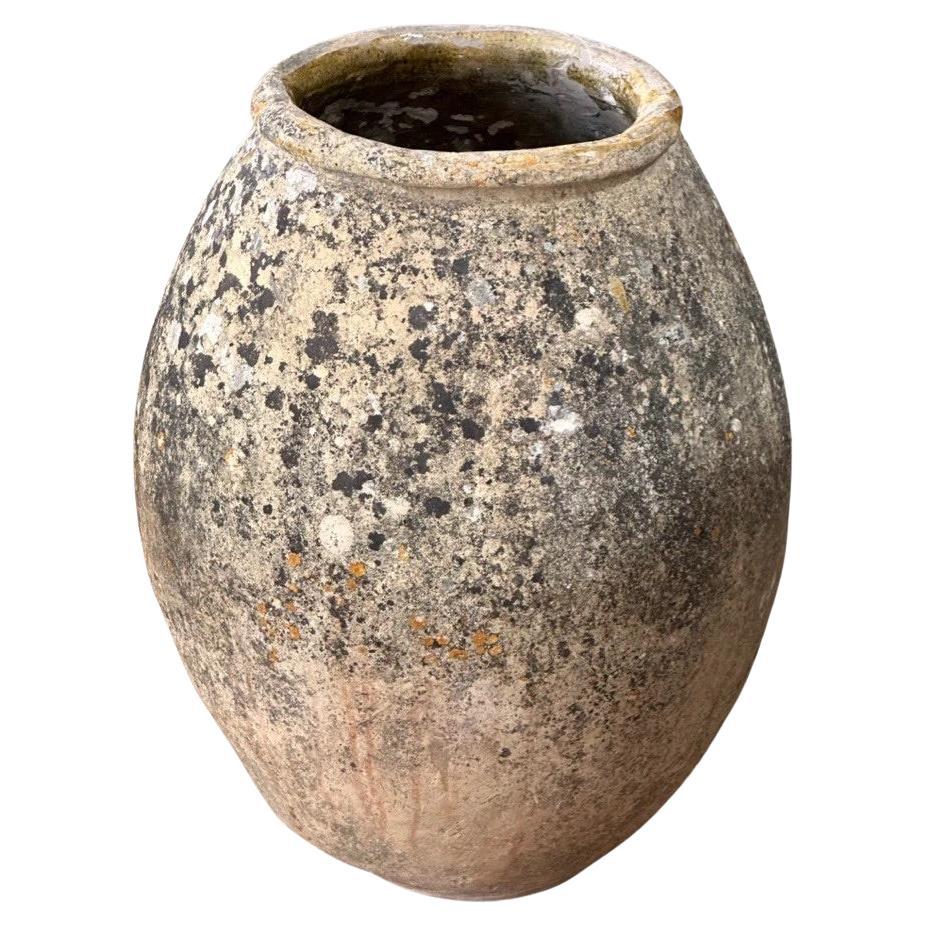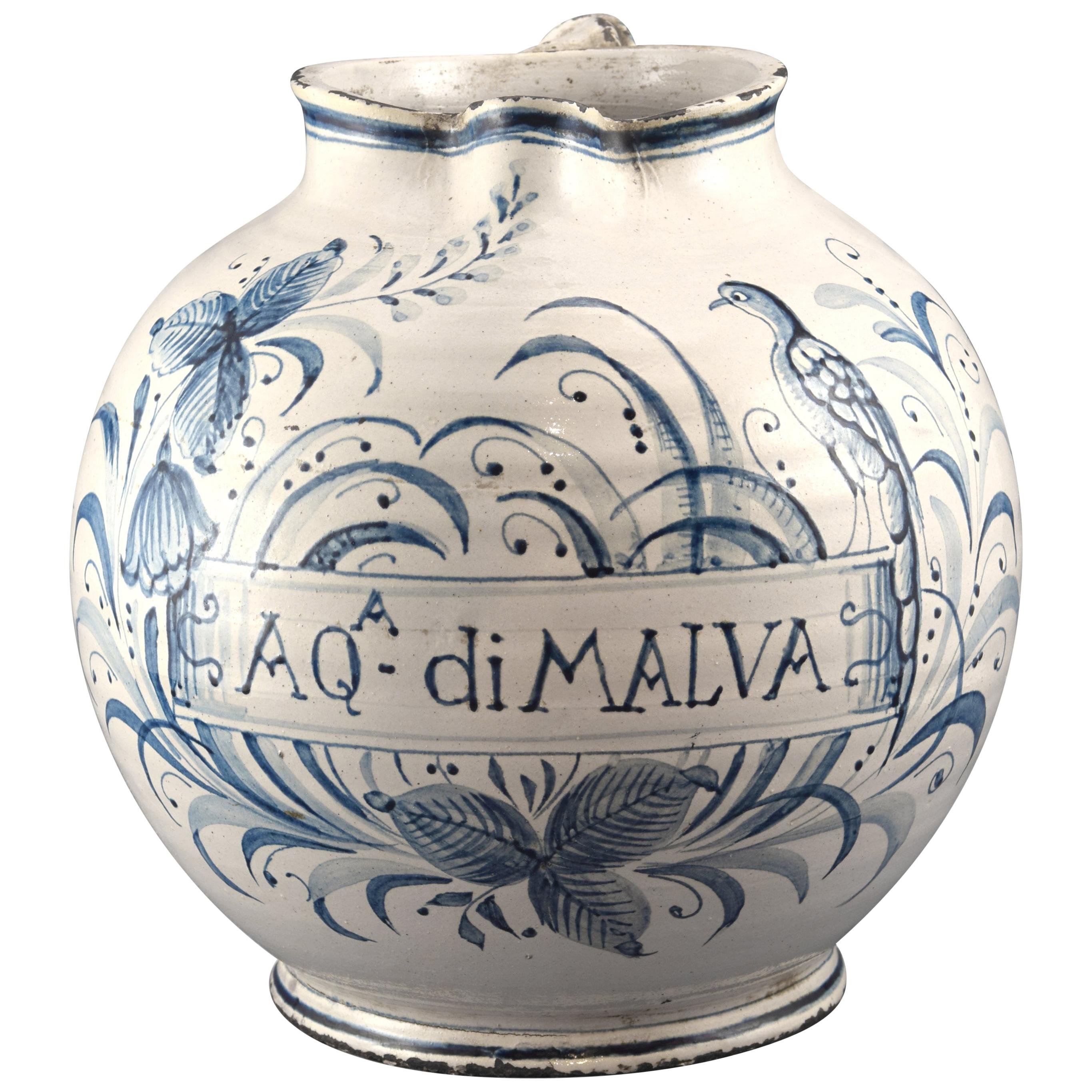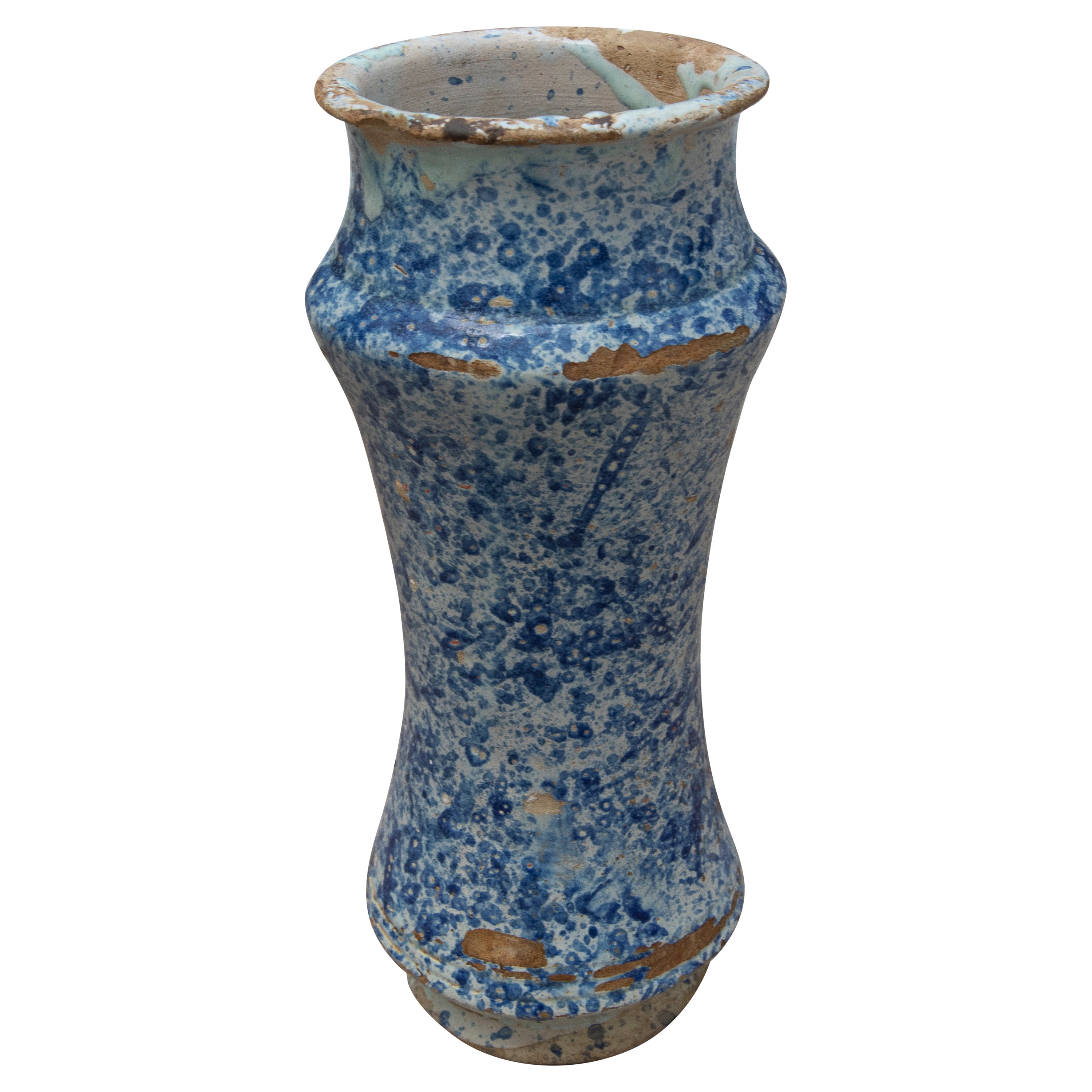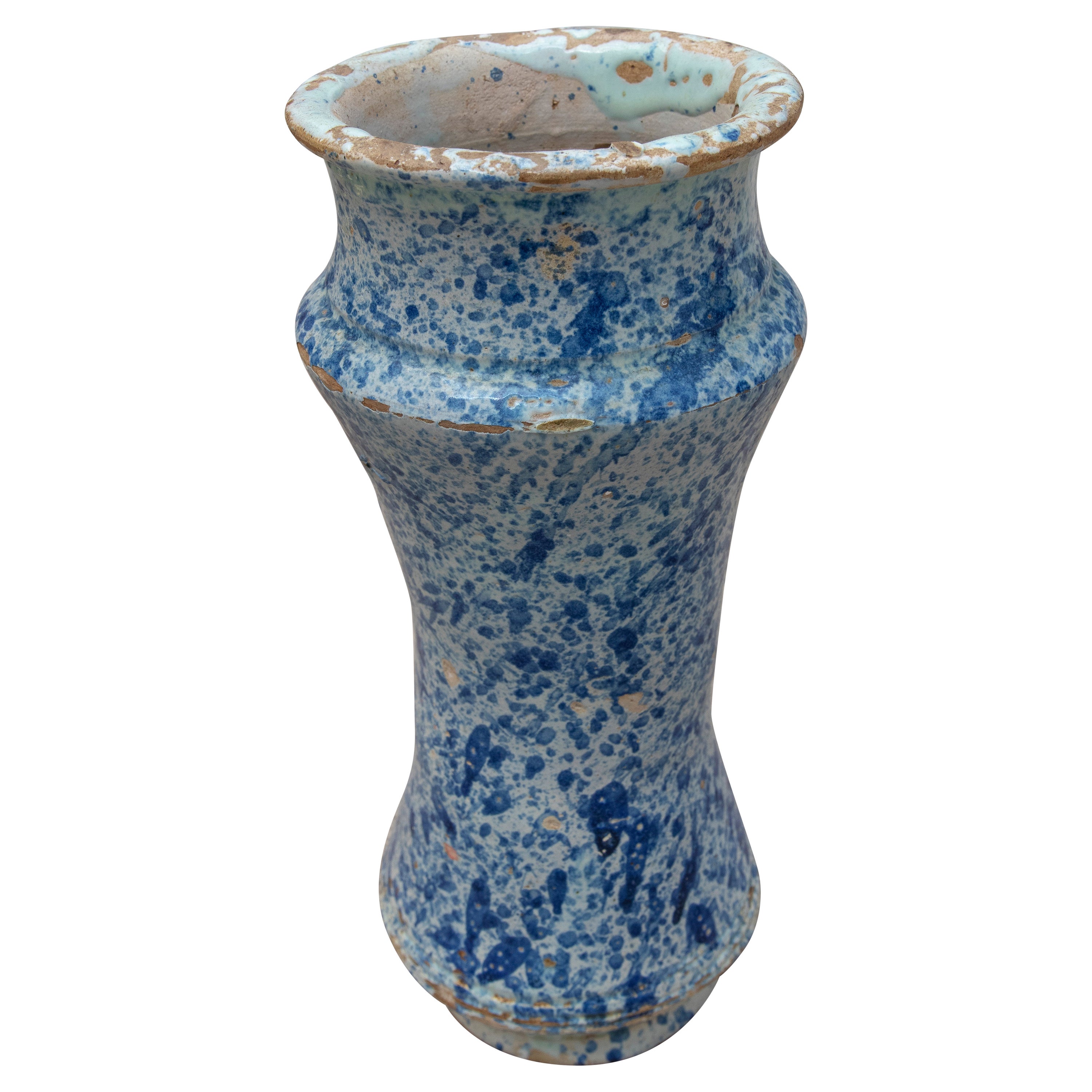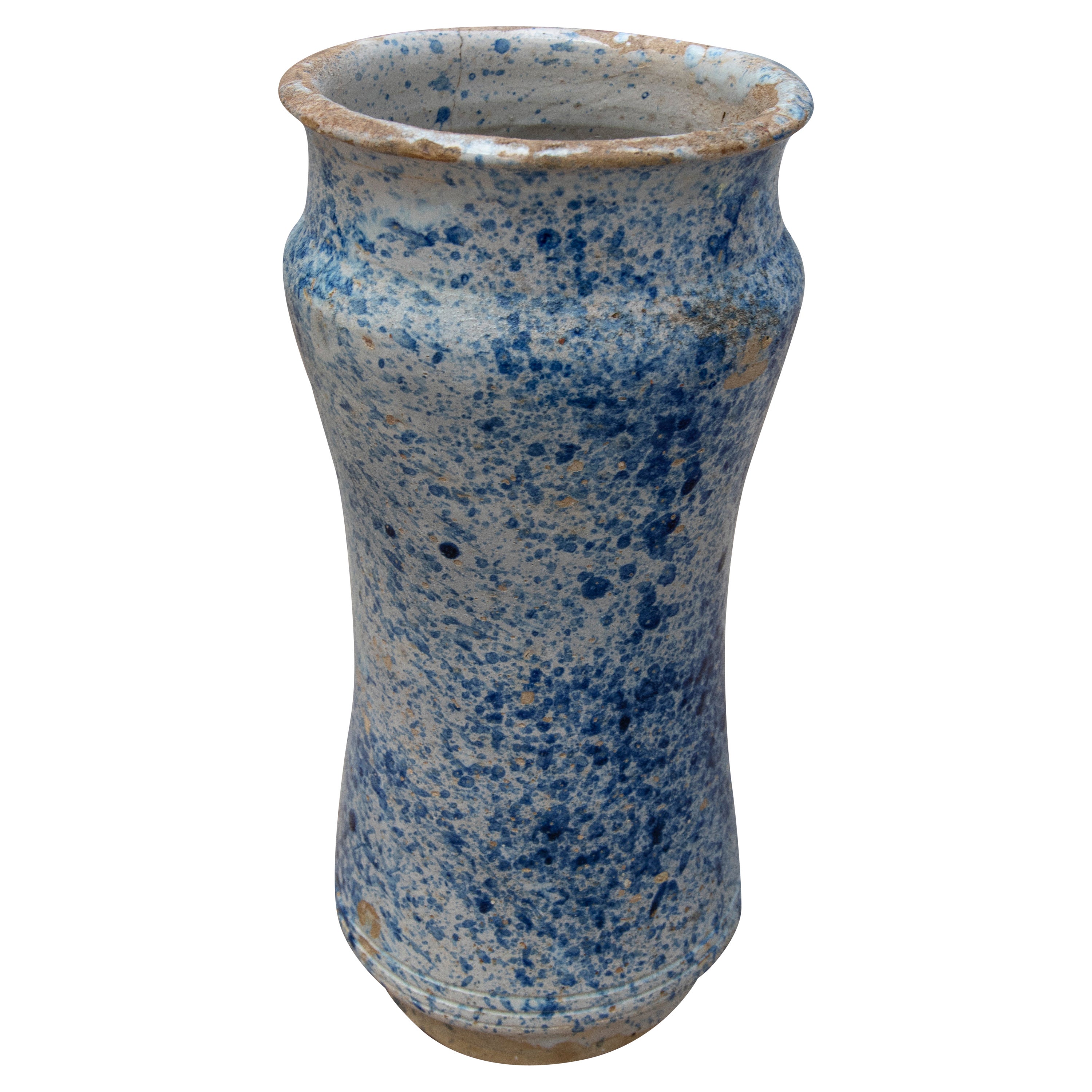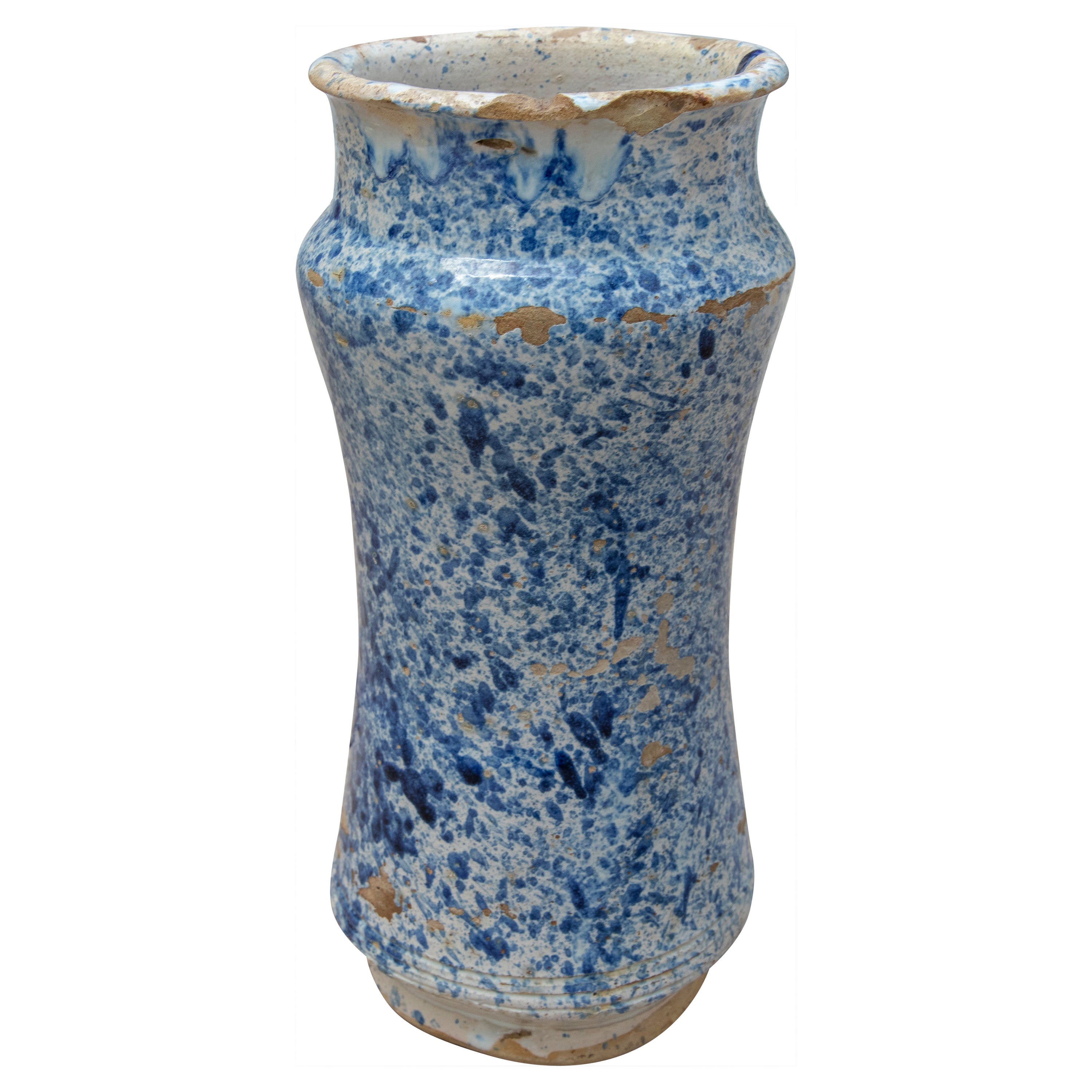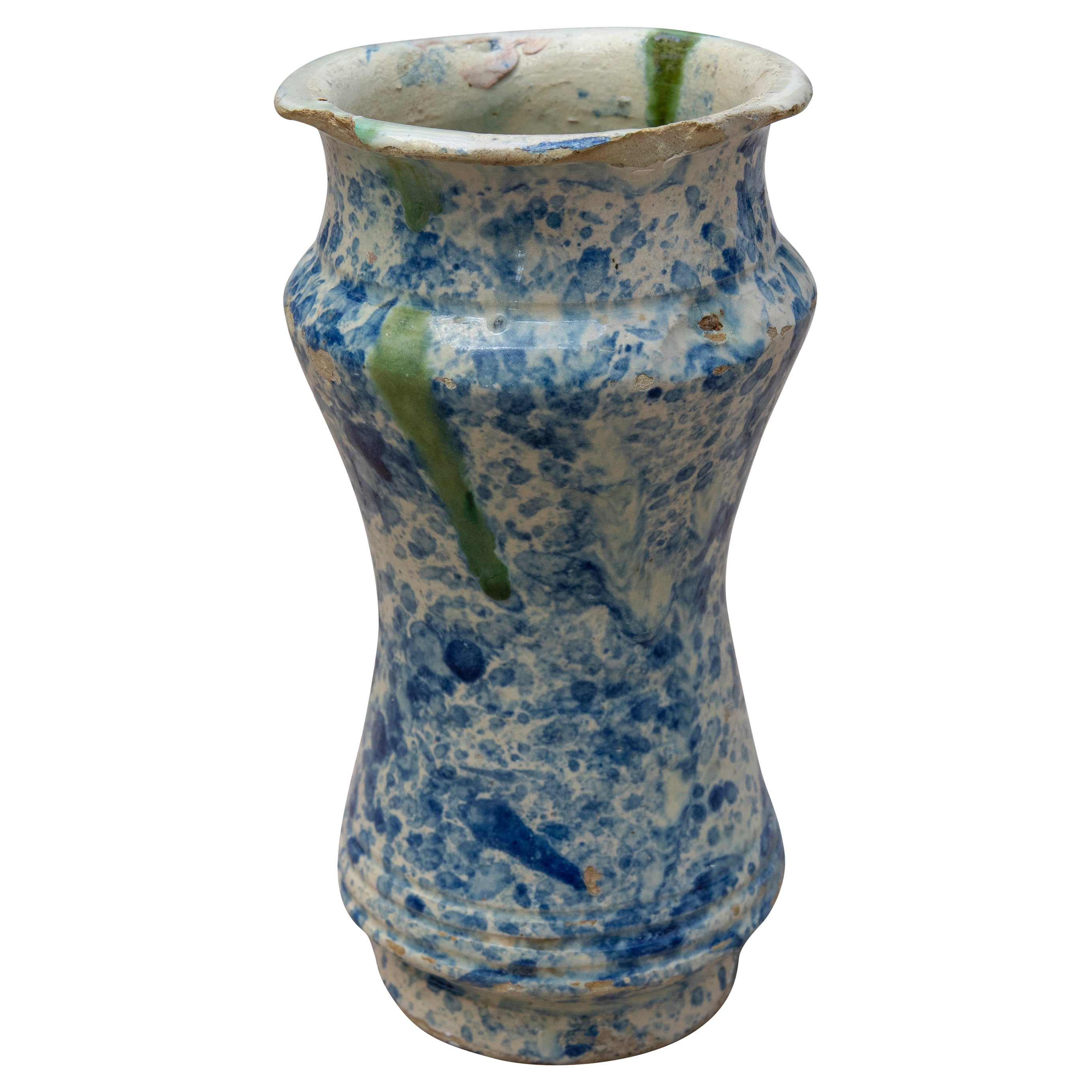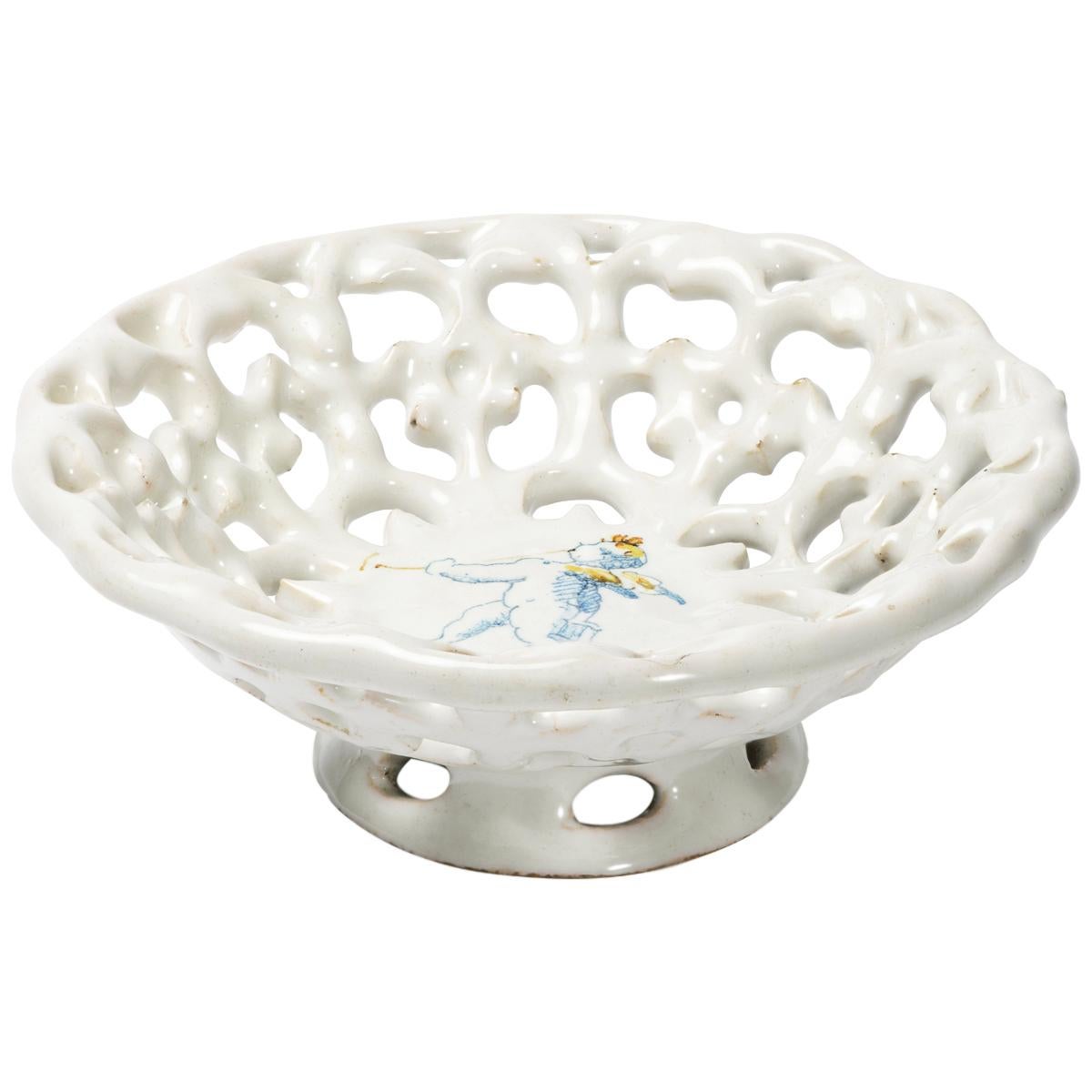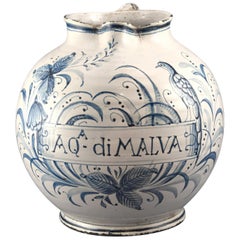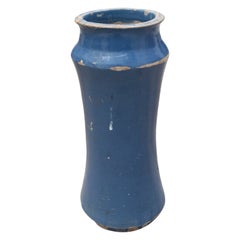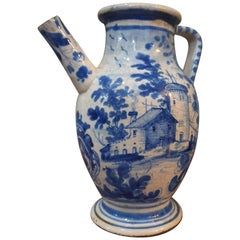
18th Century Ancient Faenza Pharmacy Jar Full Painted
View Similar Items
1 of 5
18th Century Ancient Faenza Pharmacy Jar Full Painted
About the Item
- Dimensions:Height: 9.06 in (23 cm)Diameter: 3.94 in (10 cm)
- Materials and Techniques:
- Place of Origin:
- Period:
- Date of Manufacture:18th Century
- Condition:
- Seller Location:PALERMO, IT
- Reference Number:1stDibs: LU5688223951302
You May Also Like
- Rare French 18th Century Biot JarLocated in Charlottesville, VAFine, rare 18th Century French biot jar, having fabulous patination and lichen. Found in Provence.Category
Antique 18th Century French Ceramics
MaterialsCeramic
- Ceramic Drug Jar or Syrup Jar, Possibly Italy, 18th CenturyLocated in Madrid, ESThe decoration of ceramics in blue tones on a white background was common in Europe as far back as the 17th century (Dutch and English pieces, works in Talavera de la Reina in Spain,...Category
Antique 18th Century Italian Neoclassical Ceramics
MaterialsCeramic
- 18th Century Indigo Blue Glazed Ceramic JarLocated in Marbella, ES18th century Indigo blue glazed ceramic jar.Category
Antique 18th Century Spanish Scientific Instruments
MaterialsCeramic
- 18th Century, Dutch Delft Drug Jar Rose SmellBy AK Dutch DelftwareLocated in Newark, EnglandFine dutch delft 18th century drug jar. The jar of ovoid form with rolled top rim and tapered body down to the circular flat foot rim, decorated with opposing...Category
Antique 18th Century Dutch Baroque Jars
MaterialsCeramic
- Ancient Italian Maiolica Faenza, Ferniani Factory, Circa 1700By Ferniani FactoryLocated in Milano, ITCenterpiece light blue maiolica shell Ferniani factory, early period: 1693-1776 Faenza, 1700 circa 5.5 in x 14.72 in x 13.77 in (14 cm x 37.4 cm X cm 35) lb 4.40 (kg 2) State of con...Category
Antique Early 1700s Italian Baroque Ceramics
MaterialsMaiolica
- Ancient Italian Renaissance Maiolica Crespina, Faenza, 1580 CircaLocated in Milano, ITCrespina Faenza, last quarter of the 16th century Maiolica painted in two colors, light blue and yellow, on a thick, rich layer of white enamel. It measures 2.24 in (5.7 cm) in height, 6.10 in (15.5 cm) in diameter. lb 0.55 (kg 0.25) State of conservation: mimetic restoration. The small cup has a raised central “umbone”, a perforated brim and a shaped rim. It rests on a high jutting foot. The "crespina" shape, in some inventories is cited as "tacce de frute" (fruit cups). It was particularly appreciated in the Renaissance and has variants based on the formal types and the different sizes. The decoration, made according to the dictates of the “compendiario” style, used few standardized colors: blue and yellow on a thick white and shiny enamel, deliberately chosen as the colour which was most reminiscent of silver. This choice derived from a trend in creative design of the era: the shapes used in the molds were often taken from metal objects. An idea which would last throughout the Renaissance. The work shows, in the middle of the “umbone”, a winged putto stepping forward while playing a long thin trumpet. The depiction of the putto is fully representative of the repertoire of the Faenza workshops of the sixteenth century. Some specimens with this type of decoration have been published in a volume by Carmen Ravanelli Guidotti: there appears the whole productive repertoire of this fundamental moment of transition between the taste for the “istoriato” style and the great simplification of decoration in the “compendiario” period. This style, in its simplicity, however, saw its expression in a rather varied collection of decorative subjects, including old-fashioned busts...Category
Antique 16th Century Italian Renaissance Ceramics
MaterialsMaiolica
Recently Viewed
View AllMore Ways To Browse
Antique Silver Paint
18th Century Ceramics
Ancient Silver
Ancient Glass
Italian Silver 18th Century
Ancient Ceramics
Blue Glass Jars
Blue Glass Jar
Antique Pharmacy Furniture
18th Jug
18th Century Jug
Antique Blue Glass Jars
Faenza Ceramics
Enameled Jugs
Pharmacy Glass
Jug Ceramics Italy
Antique White Jug
Enamel Jug Used
